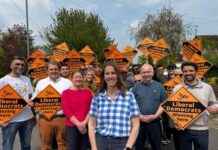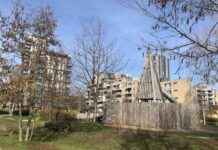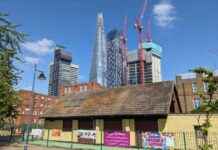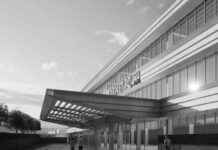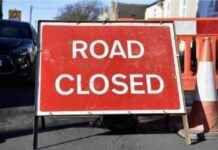Enfield, a suburban borough in London, has been making efforts to promote sustainable transportation methods, particularly cycling. With the increasing popularity of traveling without cars, the government has been pushing for environmentally friendly modes of transportation, such as cycling. Enfield has been at the forefront of this initiative, with various schemes and upgrades in place to encourage cycling in the borough.
One of the notable initiatives in Enfield is the increase in e-scooter and bicycle parking facilities. Transport for London (TfL) has allowed rental e-scooters to be used on cycle lanes, indicating a strong push towards promoting cycling in the area. Many residents have embraced this change, with some opting to use Lime bikes on a daily basis to commute to the station. The ease of navigating Enfield using only a bike has been highlighted by residents, showcasing the convenience and practicality of cycling in the borough.
The efforts of the Enfield council to improve cycling infrastructure, such as the C20 cycle lane and designated cycleways like the one at Angel Corner, have not gone unnoticed. These upgrades have made cycling safer and more accessible for residents, further encouraging them to choose cycling as a mode of transportation. Despite being a suburban borough with limited resources compared to more central areas like Westminster, Enfield has made significant progress in promoting sustainable transport methods and reducing environmental impact.
It is evident that Enfield’s commitment to promoting cycling and sustainable transportation is a reflection of the council’s concern for the wellbeing of its residents. By investing in cycling infrastructure and making it easier for people to choose bikes over cars, Enfield is playing its part in creating a greener and more environmentally friendly borough. The public response to these initiatives has been positive, indicating a growing interest in cycling and a willingness to embrace alternative modes of transportation for the greater good. Enfield’s efforts serve as a model for other suburban areas looking to promote sustainable transport and reduce carbon emissions in their communities.











